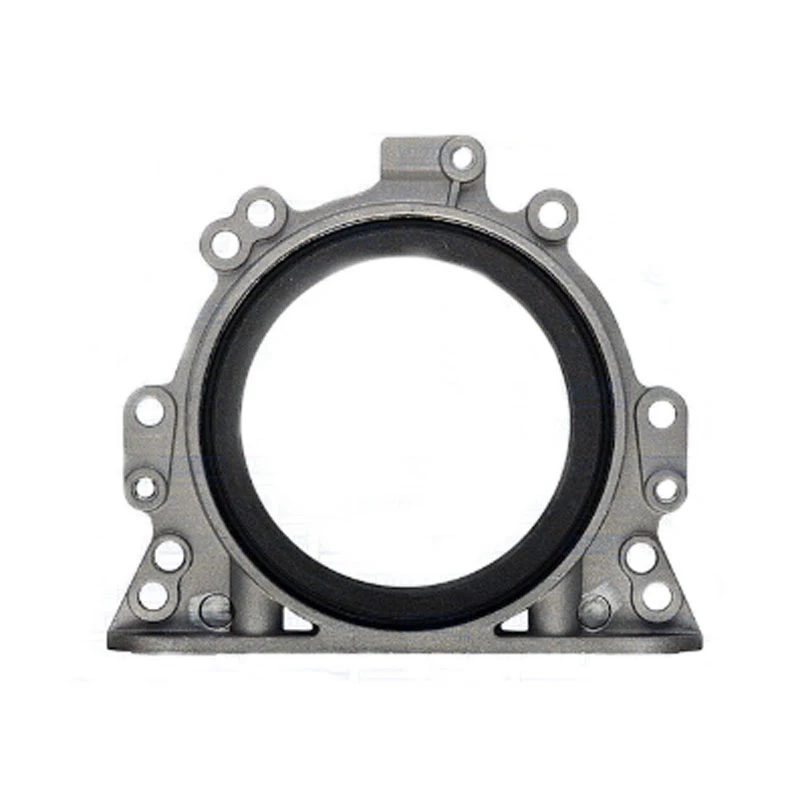mechanical bellows
Understanding Mechanical Bellows Function, Design, and Applications
Mechanical bellows are flexible, accordion-like structures used primarily for sealing, protecting, and compensating for movements within various mechanical systems. Their unique design allows them to expand and contract in response to pressure changes or mechanical movement, making them indispensable in numerous applications across diverse industries.
Fundamentals of Mechanical Bellows
At its core, a mechanical bellow consists of a series of convoluted sections made from materials such as metal, rubber, or polymer composites. These convolutions enable the bellows to stretch and compress while maintaining a barrier against external environments, such as dust, moisture, or chemicals. The primary function of bellows is to absorb motion, provide flexibility, and offer protection to sensitive components within machinery or equipment.
The design of mechanical bellows is critical to their performance. Factors such as the material choice, thickness, and the geometry of the convolutions play significant roles in determining their strength, flexibility, and durability. For high-pressure applications, metal bellows are often preferred due to their superior resistance to deformation and fatigue. In contrast, rubber or elastomeric bellows are frequently used in scenarios requiring greater flexibility and resistance to environmental factors.
Applications of Mechanical Bellows
Mechanical bellows find applications in a myriad of industries, including aerospace, automotive, semiconductor, and chemical processing. In the aerospace industry, bellows are vital for aircraft hydraulic systems, where they allow for movement while maintaining a sealed environment to protect sensitive hydraulic fluids and prevent leaks. Similarly, in the automotive sector, bellows are used in components such as exhaust systems to accommodate thermal expansion and prevent the ingress of contaminants.
mechanical bellows

In the semiconductor manufacturing process, precision is paramount. Mechanical bellows help isolate components from vibration and shock, ensuring that delicate operations occur without disruption. Their ability to maintain cleanliness is also crucial, as contamination can significantly affect the quality of semiconductor products.
The chemical processing industry utilizes mechanical bellows for their excellent chemical resistance and containment capabilities
. They are often employed in pumps and valves, where they prevent leaks that could lead to hazardous situations. Their flexibility assists in adapting to system changes, accommodating thermal expansion and contraction, which is critical in managing the changes in temperature and pressure typical in chemical processes.Advancements in Mechanical Bellow Technology
As technology advances, the manufacturing and design of mechanical bellows continue to evolve. Innovations such as 3D printing and advanced composite materials offer the potential for creating more efficient and durable bellows tailored to specific applications. Moreover, the incorporation of sensors within bellows can provide real-time data on pressure, temperature, and wear, enabling predictive maintenance and enhancing overall system reliability.
Environmental considerations have also led to the development of eco-friendly materials for bellows, focusing on reducing waste and promoting sustainability in manufacturing processes. As industries strive to minimize their environmental impact, the demand for such advanced, sustainable solutions is likely to grow.
Conclusion
Mechanical bellows are unsung heroes in many industrial applications, providing essential functionality in demanding environments. Their ability to absorb movement, seal against external elements, and protect sensitive components underscores their importance in modern engineering. As technology progresses, mechanical bellows will undoubtedly continue to adapt, enhancing their role in the innovation and efficiency of various mechanical systems. Understanding their design, function, and applications can result in better utilization and development in the years to come.
-
The Ultimate Guide to Car Repair Kits: Tools and Essentials Every Driver Should Own
News Aug.01,2025
-
The Complete Guide to Oil Pan Gaskets: Sealing Engine Leaks the Right Way
News Aug.01,2025
-
Preventing Oil Leaks: A Complete Guide to Oil Pan Gaskets and Drain Seals
News Aug.01,2025
-
Everything You Need to Know About Oil Pan Gaskets and Drain Plug Seals
News Aug.01,2025
-
Essential for Car Owners: How to Use a Car Repair Kit to Deal with Minor Breakdown
News Aug.01,2025
-
Comprehensive Guide to Engine Oil Sump Gaskets and Related Seals
News Aug.01,2025
-
The Ultimate Guide to Boat Propeller Bearings and Trailer Wheel Bearings
News Jul.31,2025
Products categories















